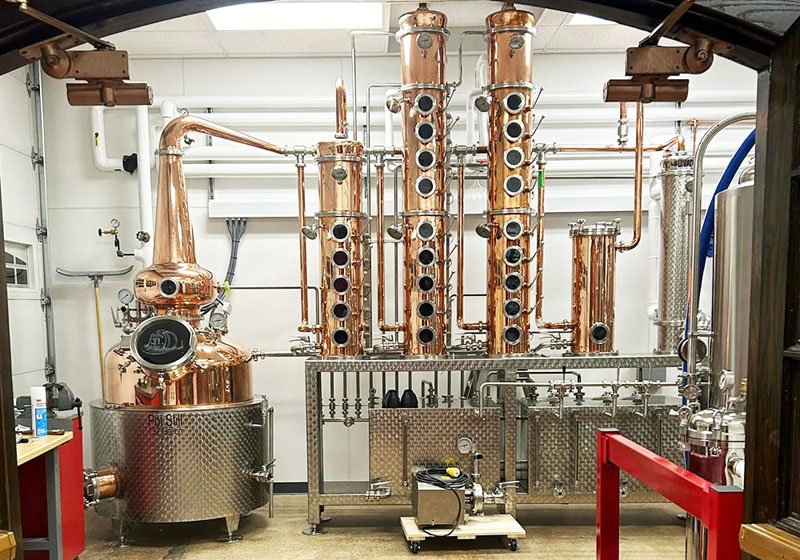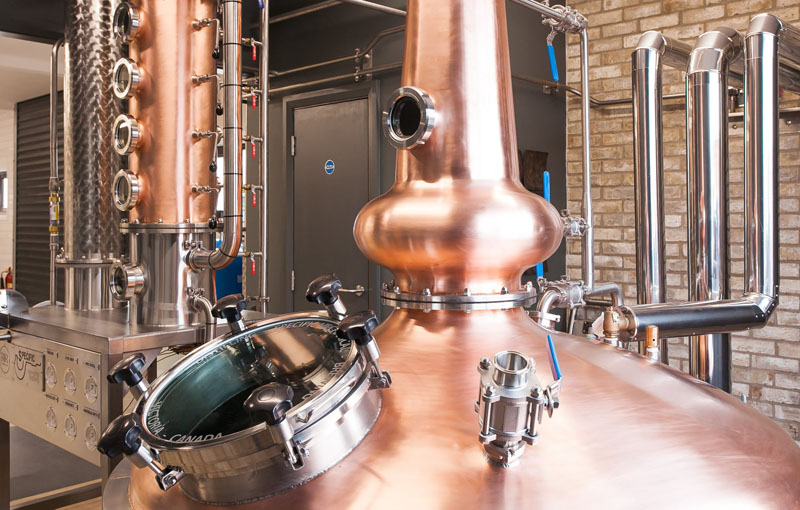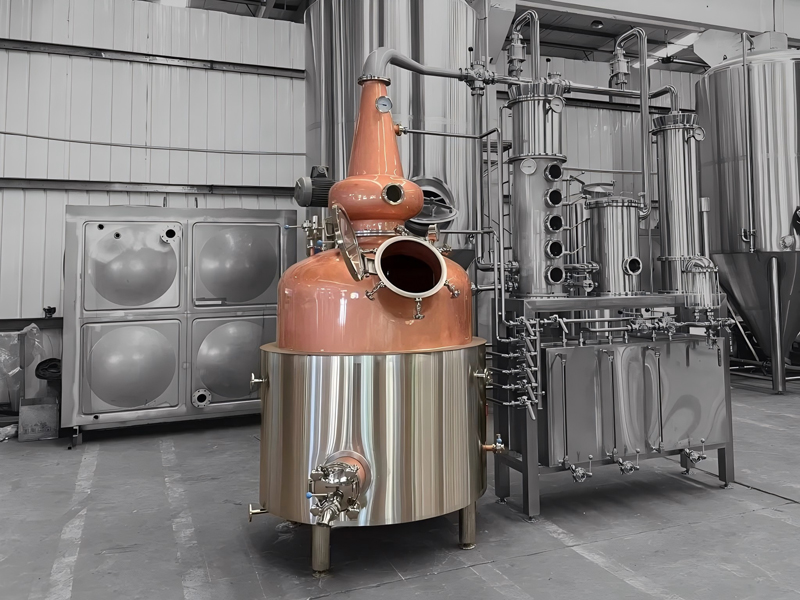Selecting Distillery Equipment for Optimal Performance
To seek the right distillery equipment, follow this structured approach, organized into key steps and considerations:
>Spirit Type: Determine the spirits you’ll produce (e.g., whiskey, vodka). Pot stills suit flavorful spirits like whiskey, while column stills are ideal for high-purity spirits like vodka.
>Scale: Assess production volume (small craft vs. large-scale). Consider scalability for future growth.
2. Equipment Selection
>Still Type & Material:
Pot Stills: For complex, flavorful spirits.
Column Stills: For continuous distillation and high ABV.
Materials: Copper (traditional, catalytic benefits) vs. stainless steel (durability, ease of maintenance).
>Ancillary Equipment: Include fermenters, mash tuns, condensers, storage tanks, and bottling systems. Ensure compatibility and proper sizing.
3. Automation & Budget
>Automation Level: Balance between manual (lower upfront cost) and automated systems (efficiency, consistency).
>Budget: Factor in initial costs, financing options, and long-term savings (e.g., energy efficiency).
4. Regulatory Compliance & Safety
>Certifications: Ensure equipment meets standards (ASME, CE, local regulations).
>Safety Features: Include pressure relief valves, temperature controls, and ventilation systems.
>Permits: Verify licensing requirements for equipment installation and operation.
5. Supplier Research
>Reputation: Choose reputable manufacturers with positive reviews and references.
>Support: Opt for suppliers offering warranties, training, and maintenance services.
>Demo/Trials: Test equipment through pilot batches or supplier demonstrations.
6. Energy & Environment
>Efficiency: Prioritize energy-efficient heating (e.g., steam boilers, electric elements).
>Waste Management: Plan for spent grain disposal, water recycling, and emissions control.
7. Installation & Workflow
>Layout: Design a logical workflow from mashing to bottling, ensuring equipment fits spatially.
>Professional Installation: Engage experts for setup, especially for complex systems.
8. Maintenance & Training
>Routine Care: Schedule cleaning and part replacements.
>Staff Training: Ensure operators understand safety protocols and efficient use.
9. Cost Analysis
>Total Ownership: Include upfront costs, energy, maintenance, and potential downtime.
>Financing: Explore leasing vs. buying options.
10. Consult Experts
>Industry Networks: Attend trade shows (e.g., ADI Conference) or consult experienced distillers.
>Hiring Consultants: Consider experts for regulatory or technical guidance.
Final Checklist:
>Product-Specific Needs: Align equipment with spirit characteristics.
>Supplier Vetting: Verify reliability and post-purchase support.
>Compliance: Double-check local laws and environmental regulations.
By systematically addressing these factors, you can select distillery equipment that balances quality, efficiency, and compliance, setting a strong foundation for successful operations.
Post time: Mar-07-2025




